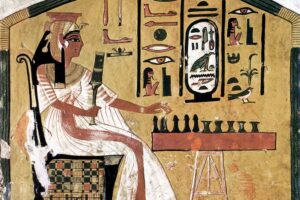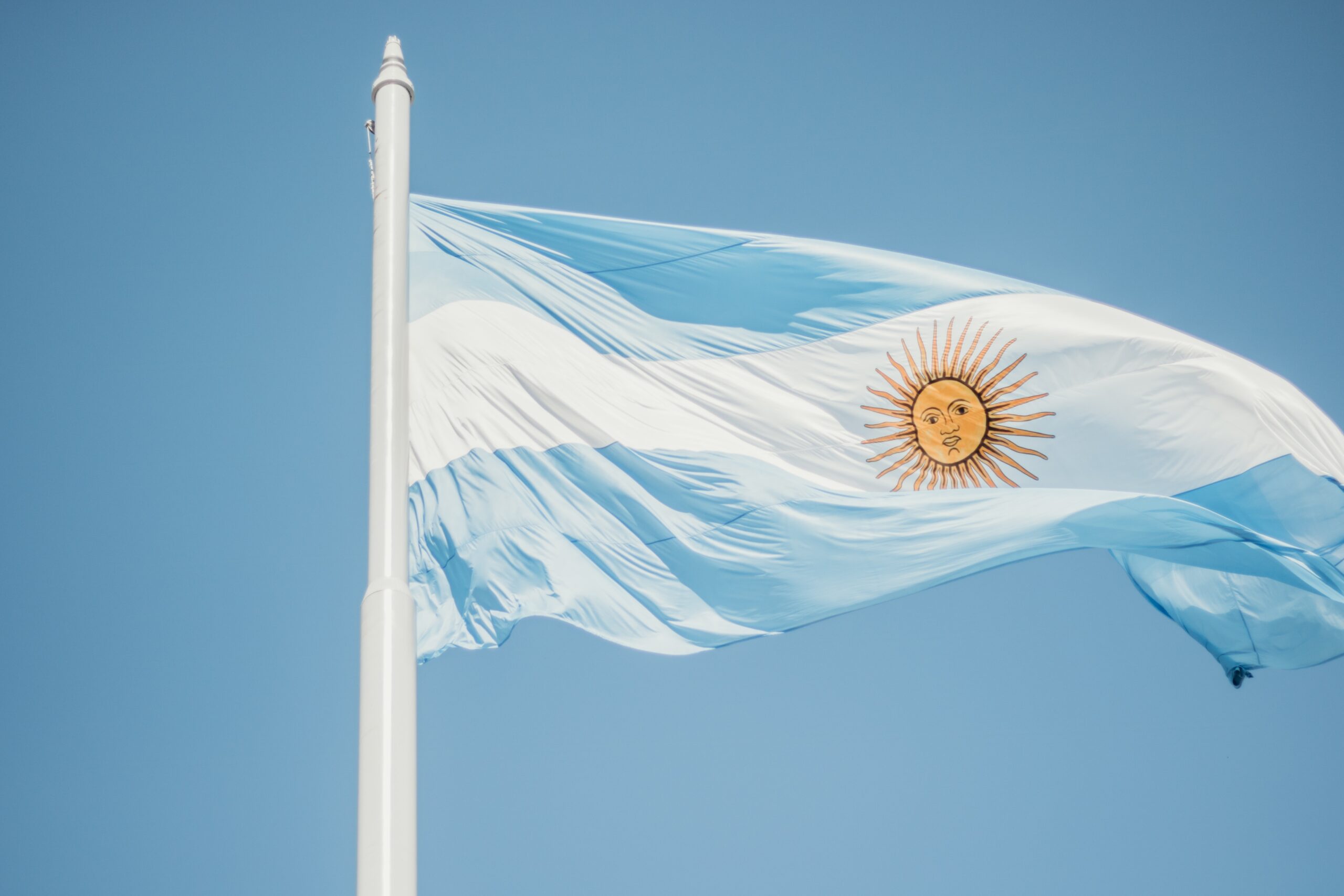Ra – Anubis – Osiris – Horus – Isis – Set – Sakmet – Pta – Bastet – Geb – Hathor – Thoth – Neith – Nefthys – Corbis
The Egyptians worshiped over 2,000 different gods. The names of some of them changed or merged with others throughout history, but their power always filled the Egyptians with reverence.
Nature was sacred to the Egyptians and as a result many gods have received something from animals, such as animal heads. Sacrifices were made to the gods.
Some of the gods were related to each other and there are examples of siblings who married each other, but sibling marriages were held in high esteem.
Overview: The main gods of Egypt
Ra
(Sakmet’s father)
Around 1200 BC ISK The sun god Ra merged with Amon, the god of Thebes and thus became the king of the gods and was called Amon-Ra.
Ra is often depicted with a falcon’s head encircled by a cobra’s snake.
Ra was the god of the sun and creation.
Mission: to keep the world in balance and let the sun shine.
Punishment: was able to scorch the fields with its large, fiery solar disk.
General: Ra was the most important Egyptian god. In addition to being the embodiment of the sun, he also ruled over other gods and kept the balance in the universe. Ra had a son Pharaoh on earth.
Anubis
(Son of Osiris and Set’s wife who was called Nefthys)
Anubis is the most important god of death and guardian of the underworld, as well as being the god of the important mummification.
Anubis has the shape of a jackal or is depicted with a jackal’s head. Anubis is the offspring of Osiris and Nephthys, who was his sister-in-law.
Lord of souls and the dead.
Role: ensured successful embalming and eternal life.
Punishment: was able to damage the dead body’s embalming which made it impossible for the soul to reach the end of the road.
General: the god of death had a jackal’s head because the Egyptians often saw this particular animal lurking near burial grounds.
Osiris
(Married to Isis)
The god Osiris rules the realm of the dead and is the god of rebirth or restoration. Osiris is also the god of the vegetable kingdom.
Osiris is often depicted with a so-called atef-crown on his head, as well as a beard that curves downwards.
Lord of the Underworld and Rebirth.
Role: presides over rituals when souls cross the great mist.
Punishment: could prevent the deceased from gaining eternal life if the same person had not behaved well.
General: Osiris was dressed in shrouds, but also carried a threshing staff and a nomad’s staff, which were symbols of fertility and restoration.
The myth of Osiris is the most important of all in the Egyptian pantheon. Osiris is the offspring of the earth god named Geb. The same applies to his wife, his sister Ísis.
When Osiris had succeeded his father in the underworld, great jealousy seized his brother Set. He stuffed Osiris into a mummy coffin, put the lid on and poured liquid lead over the coffin.
Isis later managed to find the coffin and take it home with her. She, along with her sister Nefthys (who was married to her brother Set) managed to raise Osiris from the dead so much so that he managed to impregnate his wife who gave birth to his son Horus.
Later, Set found the coffin in which Osiris rested and tore his body into 14 (some say 42) pieces. The pieces were distributed all over Egypt.
Horus
(Son of Osiris and Isis)
Horus was the guardian angel of the pharaoh and the brave. Horus is recognizable by the fact that he is depicted with a falcon’s head or as a falcon.
Mission: protection and justice.
Punishment: if the pharaoh did not honor Horus, Egypt would end up in war and chaos.
General: the falcon god was the pharaoh’s personal god and therefore wore the double crown of the state. He fought against evil and gave protection to the least powerful in society.
Isis
(great-grandson of Ra, married to Osiris)
Isis is the supreme mother goddess of Egypt and as such she is the goddess of women and childbirth.
Mission: to assist mothers with their children.
Punishment: if the goddess was not worshipped, she would cause evil in the marriage and the family.
In general: unhappy women could always direct their prayers to the good and gentle Isis. The goddess was a symbol of peace, vitality and fertility, both outside and inside the home. She had the power to shape people’s lives.
Set
(Brother of Osiris)
Set is the ruler of the barren deserts, drought and thunder. He is the patron deity of wagon trains. It is uncertain which animal his head is supposed to represent.
Mission: to ensure good luck in war and good sex.
Punishment: death, war and devastating storms.
General: Set brought chaos, but was also a god of war who was good to have on his side in war. Due to his high temper, Set was also the god of love and sex.
Sakmet
(Daughter of the sun god, married to Pta)
Lord of destruction and war.
Function: to cure diseases and snake bites.
Punishment: diseases and snake bites.
In general: the goddess could cause snakes to bite, but would heal the wound again, if sacrifices were made to her. She was also Ra’s helper and burned towns to the ground on his behalf.
Pt
(Married Sakmet)
Lord of creativity and craftsmanship.
Role: to ensure order and good craftsmanship.
Punishment: could cause buildings to collapse to the ground.
General: contrary to his wife, the lion goddess Sakmet, Pta was the protector of order and good morals. He was a symbol of stability and many scholars in the field of Egyptian culture say his staff is a symbol of man’s temper.
The fertility gods
Bastet
Bastet is the goddess of love and joy. She is one of the most benevolent and friendly of Egypt’s rulers.
Bastet is in a woman’s body with a cat’s head. She is a symbol of fertility and carnal love, as well as providing protection during pregnancy and childbirth.
Geb
Geb is the ruler of the earth. He brings fertility to the earth and to humans the ability to grow plants.
Make sure that the dead are shown complete justice. He has the face of a man with a crown and is often accompanied by his animal, the goose.
Hathor
Hathor is one of many mother goddesses. She is also the goddess of love, joy of life, songs, dance and music. She is the embodiment of feminine drive and care.
Hathor is often depicted as a human being with a cow’s head or as a woman with cow’s horns.
Other important Egyptian rulers
Jet
Thóth is the god of the moon and wisdom. He rules the calendar and is the patron god of libraries. It is sometimes shown with an ibis head or it looks like a baboon.
no
Neiþ is the goddess of war and weapons. She is the mother of the sun god Ra. Neiþ is usually in human form, armed with a bow and arrows.
Nasal congestion
Nefthys is married to Seth. She is the goddess of death and burial and is the goddess of childbirth in side effects. Most of the time, the nasal cavity is in the form of a human being.




















